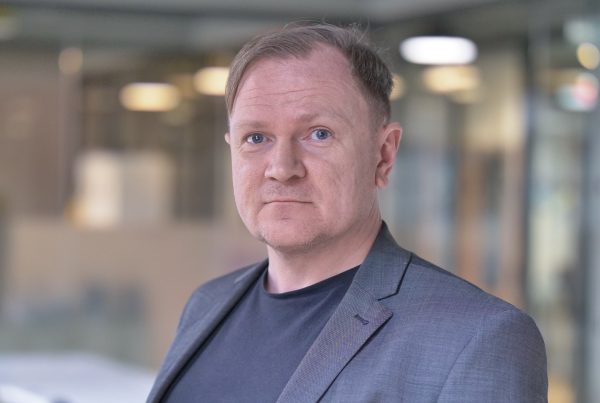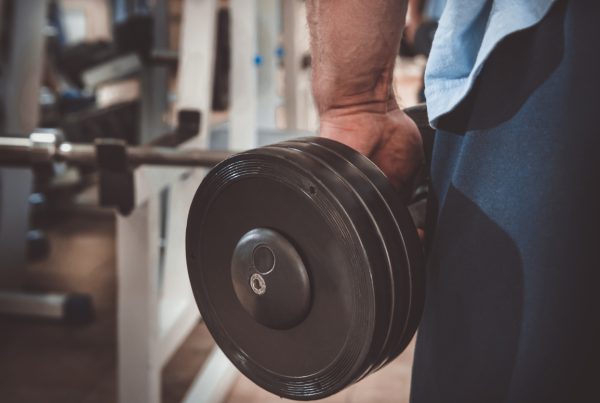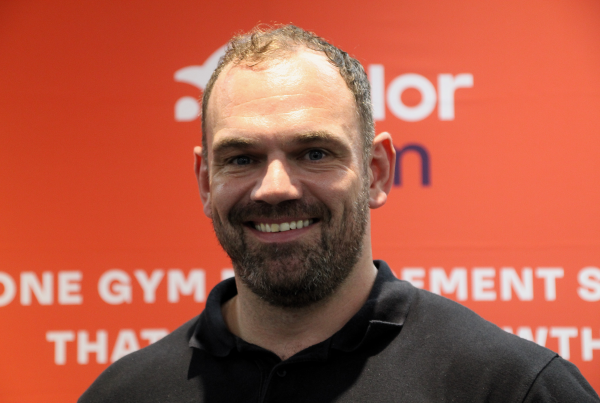On 4th November 2015, over 500 delegates from health and fitness industry, governing bodies, local council, and public charities convened in Emirates Stadium to talk about how to get Britain more active. It was amazing to be surrounded by people with a similar goal to mine (inspiring physical activity) and yet daunting too as we have so far to go. I was sitting there thinking ‘don’t people know that they need to be active to be healthy?’ (with healthy meaning have a range of mobility, are strong enough physically and cardiovascularly to walk around without being out of breath, and not significantly overweight). Speakers rattled off stats about the state of public health in relation to obesity, heart disease, diabetes, the overburden on NHS, and current trends in fitness. The data shared demonstrates we need to take action if the country (and NHS) is going to survive the general state of health and inactivity.
Blueprint is the 2015 annual report put forth by ukactive and established 10 fundamental truths while providing the following recommendations.
- Make inactivity a stand-alone issue and priority within the government.
- Fund any initiative (from local club to council-led program to corporate brand) that will encourage, promote and facilitate an increase of physical activity.
- Collaboration across all sectors is required to create momentum for change.
- Utilise the physical activity sector (such as personal trainers) to work alongside NHS and other government bodies when prescribing physical activity.
- Incentivise physical activity with public scheme, not just private schemes.
- Make workplaces active instead of sedentary. Make employee health and wellbeing important part of company objectives and support small companies who want to do so.
- The long-term unemployed would benefit from a community physical activity program. However, this yet to be developed.
- More research needs to be conducted into the benefits of physical activity.
- Make it easier to collate & analyse data from these studies.
- Everyone with disability must have opportunity and motivation to be regularly physically active (saying this is up to the physical activity sector).
- Develop a standardised comprehensive measurement of children’s fitness.
- Activity and movement should be a norm for children and families should embrace an active lifestyle.
- Work with technology, rather than against, to get kids to be more active.
- Sport vs activity language can impact a child’s feeling about physical activity.
- Active travel, walking and cycling, should be a natural choice for transport.
- Encourage and enable older people to be active in their community.
- People living with mental health problem should be offered tailored approach to activity solutions.
- All mental health practitioners should support potential benefits of physical activity.
- Communities should offer readily available high quality green space.
- Urban design should encourage physical activity and public health. Build active environments.
My survey findings, in just over 1 week I got 88 people from across UK to take part. The results might be slightly biased as my social media audience is probably people already interested in health and fitness. However, we can still learn from the responses. Highlights include:
75% drive to work but were also able to exercise more than 60 minutes per week
49.4% said physical activity makes them feel ‘Very happy, very sweaty, and wanting to do more again soon.’
Lack of time due to work and/or home commitments (54%) and lack of childcare (19.5%) were the top barriers to exercise in the survey and matched what was highlighted at the Summit. However, 43% said ‘I don’t have barriers. I make exercise a priority in my life.’ A barrier I had never considered that was raised at the Summit were emotions. It was so true that emotions are more challenging to establish as a barrier to friends and family and, of course, a bit more complicated. It is simpler to say ‘I don’t have time/money/childcare’ than opening up Pandora’s Box filled with painful memories from the school yard.
Off the back of that, 80% of my survey participants strongly agreed that the education system should be responsible for helping people learn about being active/exercise. There was concern from representatives of the LGBT at the Summit that physical education and ‘sport’ at school can really be traumatic for kids who are LGBT. 85% of survey participants strongly agreed that parents should be a role model for their children so there seems to be a feeling that home life should be responsible for this knowledge and inspiration too. 37.9% and 42.5% slightly and strongly agreed, respectively, that GPs should educate their patients about the benefits of being active. I wish I could ask people why they voted this way. Do they think GPs aren’t qualified to prescribe specific exercise? That it is too late by the time a patient sees a GP to get help? Or do respondents feel NHS is overburdened already without adding a new job for the GPs?
The really interesting bit from my survey was the open answer question on how to get British people more active. A majority of people said fund local gyms and programs to make exercise affordable in local communities, free swim lessons for kids, educate the public that activities can be added up throughout the day rather than one long session, more free facilities (such as tennis courts) and green space, more inspirational campaigns like #ThisGirlCan and to offer childcare services at local gyms. The following suggested ideas were new to me though:
- Increase congestion charge to encourage people to walk and cycle
- NHS or tax credits for being active
- Stop building new roads and develop bike hire scheme in cities other than London
- Increase work break allowances as 30 minutes isn’t enough time to fit in an activity
- Key public figures should lead by example and be active/healthy
What does the future hold? It is hard to say for certain but I am hopeful that change is on the horizon. My attendance of the Summit made it easy to see how many resources are being dedicated to inspiring the nation to be more active. Ensuring efficient execution, raising public engagement and ‘doing rather than talking’ will all be key parts in ensuring success.

More People More Active More Often




